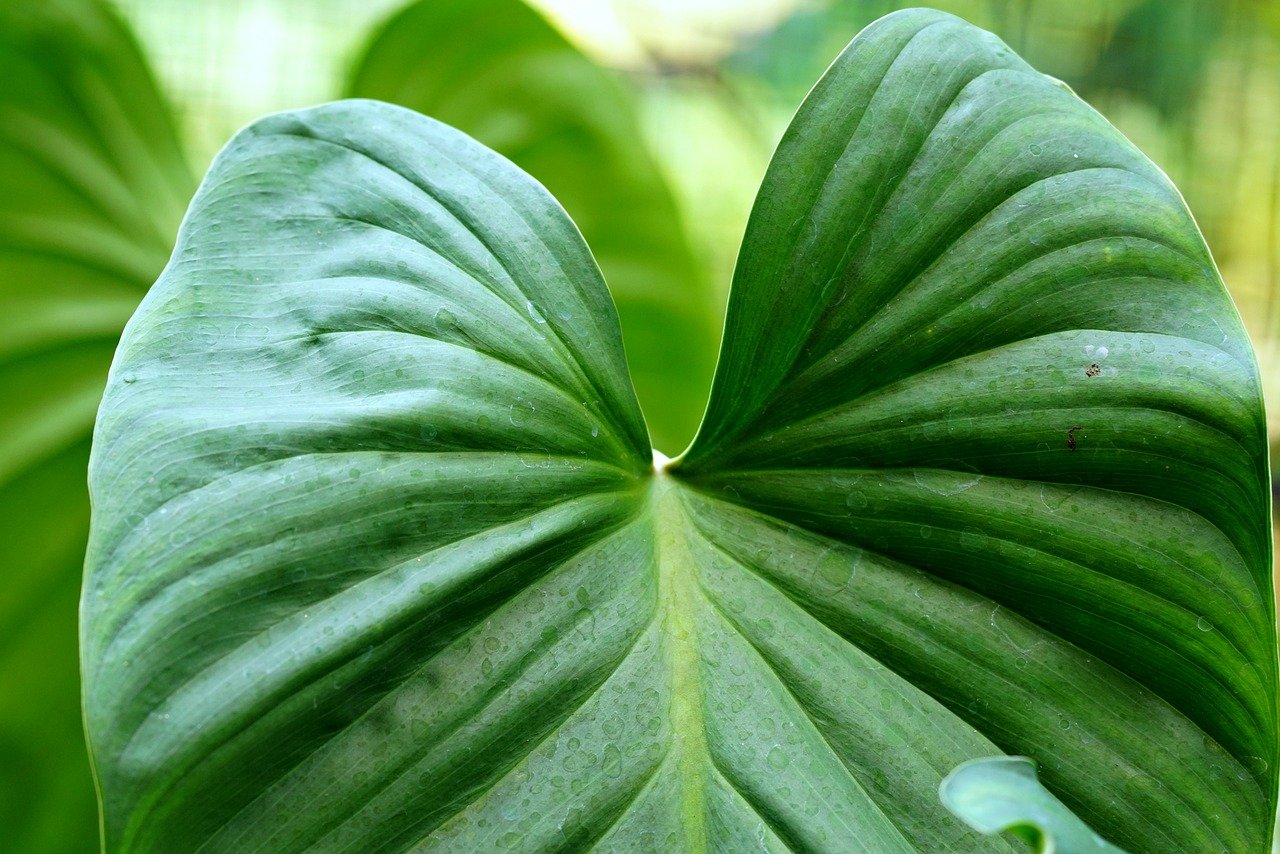For any gardener, selecting the appropriate plant varieties for their plot can be a daunting task because it requires considering numerous factors like water, light, and temperature. Fortunately, planting lavender companion plants optimizes garden conditions, resulting in a thriving, healthy garden.
Lavender is not only a charming decorative plant, but it also helps to keep pests and mosquitoes away. Like most plant species, lavender shares a close relationship with companion plants that promote its growth and development. In this article, we will outline some of the best companion plants for lavender and divulge valuable gardening tips to keep your plants safe and healthy.
Marigold
Marigold is an excellent companion plant for lavender because it deters pests and animals that can cause harm to your lavender. These plants also add a vibrant golden color to your garden and have a unique aroma that mixes well with lavender’s scent. Marigold is an easy plant to care for, requiring simple watering and minimal feeding. They’ll grow well in full sun or partial shade, which makes them ideal for planting near lavender.
Rosemary
Rosemary and lavender make a perfect pairing for companion planting. This combination is particularly useful since rosemary is an evergreen herb that helps to deter moths, flies, and mosquitoes. The strong scent of rosemary also helps to deter other pests like beetles. When rosemary and lavender are planted together, their fragrances blend, giving off a sweet aroma perfect for relaxing in your garden. Additionally, these two require a similar amount of care and grow best in well-drained soil with plenty of sunlight.
Alliums
Alliums, such as chive, onion, and garlic, are plants that deter pests and insects drawn to lavender because of their potency. Alliums are also useful for their ability to ward off aphids that often feed on lavender leaves. Planting alliums around your lavender can also add an aesthetic touch to your garden with their unique, rounded flower heads. Ensure the allium flowers do not overshadow lavender, which can affect its growth. Therefore, plant alliums far enough from your lavender to let them grow unhindered and receive enough sunlight.
Sage
Sage is another herb that complements lavender well when planted in proximity. The leaves of sage have a fuzzy texture that animals don’t like, so placing them around your lavender can deter wild animals like raccoons that may want to sample your plants. Sage is also drought-resistant, so it won’t compete with your lavender for water. Additionally, sage and lavender can blend well in a tea, providing a soothing infusion perfect for unwinding after a long day.
To get the most out of your lavender companion plants, there are a few things you should keep in mind. For instance, different plants have varying watering requirements. Marigolds, for example, require more water than lavender, so ensure proper soil drainage to prevent waterlogging your lavender. When planting alliums, ensure proper bulb depth, and in colder climates, add winter mulch after the ground freezes to protect them from winter frost. When it comes to sage and rosemary, ensure their soil has optimal drainage and use a sandy loam soil to give them the nutrients they need to thrive.
Lavender companion planting is an excellent way to create a vibrant, healthy garden ecosystem that optimizes plant growth and reduces pest infestation. The best companion plants for lavender are marigold, rosemary, alliums, and sage. Whether you’re an avid gardener or starting your first plot, incorporating these companion plants in your lavender garden will undoubtedly make it more successful. By following these gardening tips and best practices, you will surely have a flourishing garden in no time.











